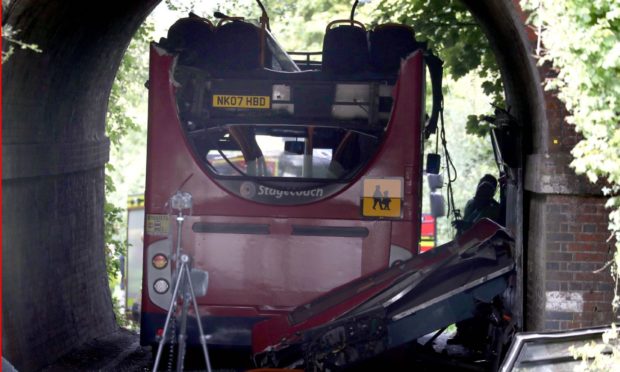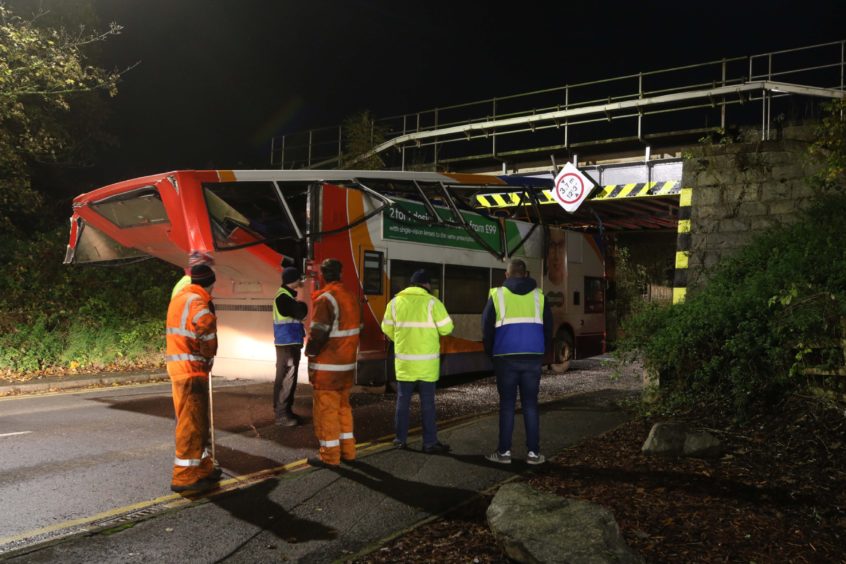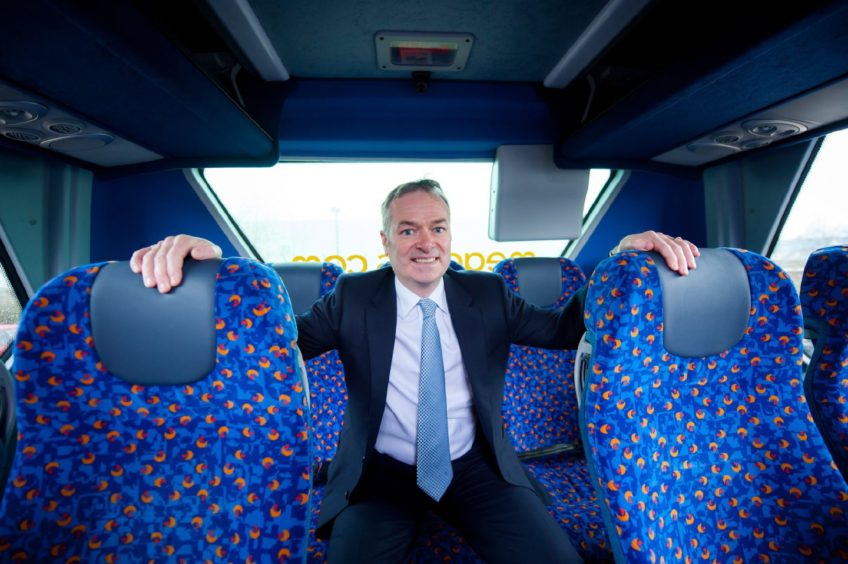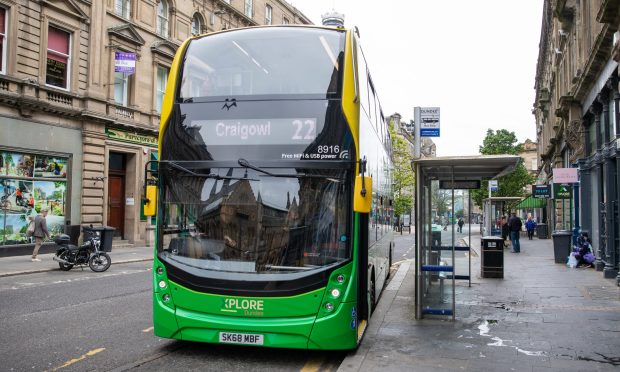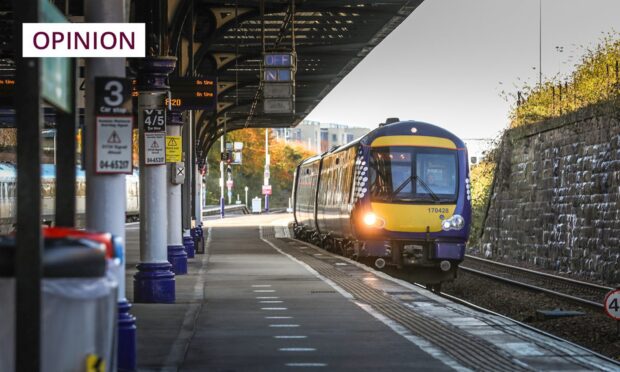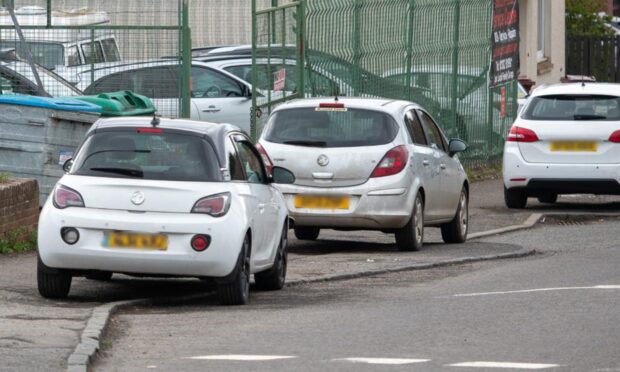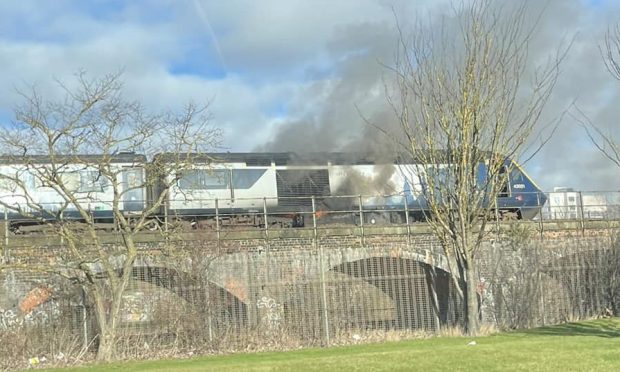Perth-based bus firm Stagecoach is spending £4 million to help stop its drivers crashing into bridges.
It is the first bus operator to invest in a national roll-out of new bridge alert technology across its fleet.
The system, developed by GreenRoad, uses GPS tracking and mapping services to alert the driver to nearby low bridges.
An in-cab alert sounds if the technology determines the bus is heading towards a low bridge.
Roof taken off in crash
Data from Network Rail shows that there were 1,714 railway bridge strikes across the country in the 2019-20 financial year.
Most of these incidents involve heavy goods vehicles but between 40 and 50 a year are related to buses.
Last September a Stagecoach bus carrying more than 70 schoolchildren in Winchester crashed into a railway bridge taking its roof off. The incident led to 15 children requiring treatment.
In the past two years the firm’s buses have hit bridges in Inverness, Cambridge, and Manchester.
The safety system will be installed on Stagecoach’s 8,000 buses in England, Scotland and Wales.
It also uses a traffic-light LED system on the dashboard to gives drivers instant feedback about their manoeuvres.
Stagecoach said this will encourage smoother, safer, more fuel-efficient driving that is more comfortable for passengers.
Safety technology
Chief executive Martin Griffiths said: “Everything we do starts with safety: for our customers, our people, pedestrians and other road users.
“Buses are already one of the safest forms of travel. But every year we invest millions of pounds in training our professional driving team and new technology to make our operations even safer.
“Our country’s infrastructure includes many railway bridges designed in an era before modern transport vehicles went on the road, creating a safety risk.
“We have been working for many months with GreenRoad to design this important Low Bridge Alert enhancement to their proven safety technology.
“We are now implementing it to bolster the extensive measures we already have in place.
“We look forward to delivering the benefits from our investment across the country.”
Implementation plans
Following a 16-week software development phase, the technology and associated speakers will be installed on Stagecoach buses across the country by summer 2021.
It will enhance a range of existing safety measures in place.
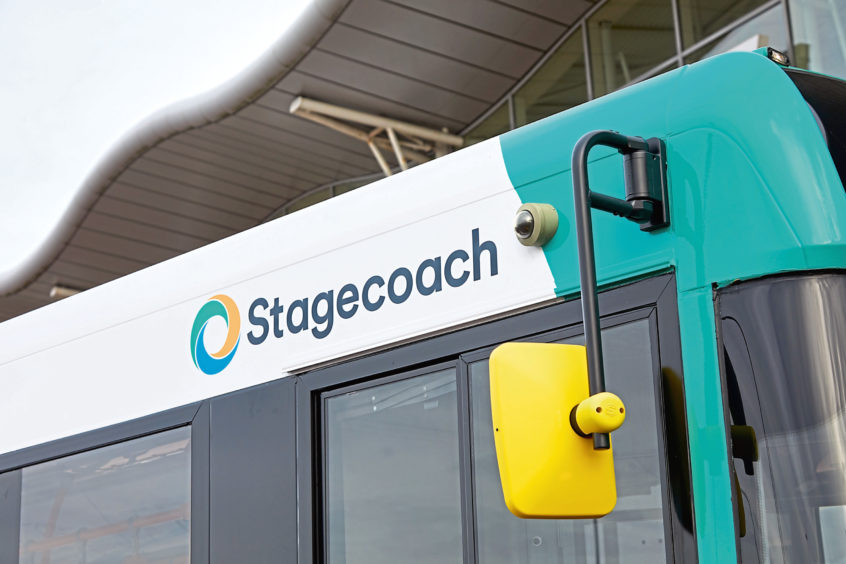
These include the design of bus routes to avoid low bridges, detailed classroom and practical route training for drivers, and ongoing work with authorities to ensure the placement of appropriate signage and other alerts.
As well as the potential for serious injuries, bridge strikes have significant financial costs.
On average, a single bridge strike costs more than £6,000. In 2019-20 these incidents resulted in more than 7,800 hours of delays for rail passengers alone.
